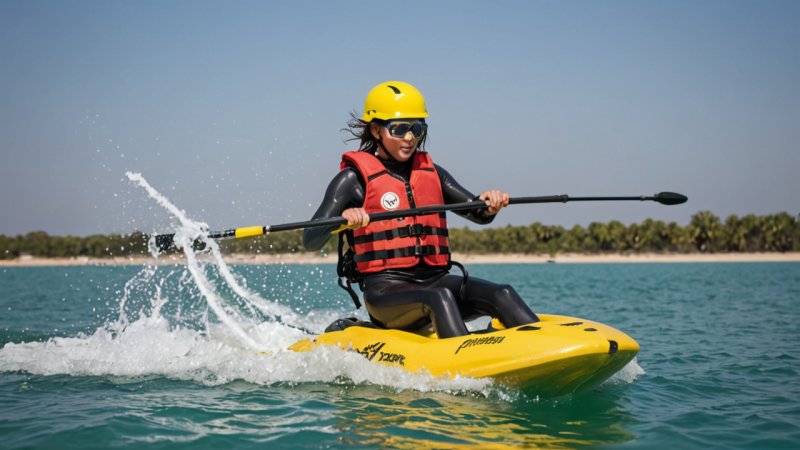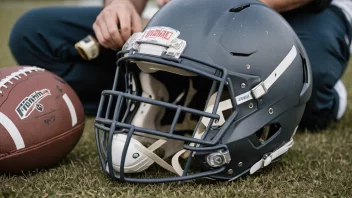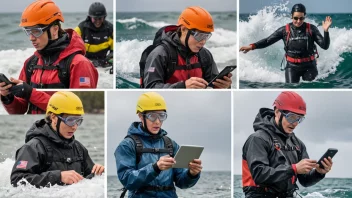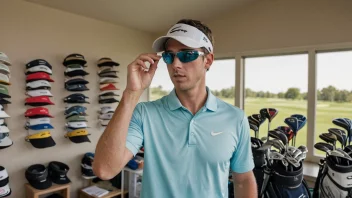Water sports are thrilling and invigorating activities that attract millions of enthusiasts worldwide. However, with this excitement comes the responsibility of ensuring safety for oneself and others. This article explores the role of personal responsibility in water sports safety by comparing two significant aspects: proactive safety measures and the impact of peer influence. We will analyze the pros and cons of each approach, helping readers understand how to navigate the waters safely while enjoying their favorite activities.
Understanding Personal Responsibility in Water Sports
Personal responsibility in water sports encompasses the actions and decisions an individual makes to ensure their safety and the safety of others while engaging in activities such as surfing, kayaking, sailing, and swimming. It involves being aware of one's abilities, understanding the environmental conditions, and using the appropriate safety equipment. This section will delve into the importance of personal responsibility in water sports and how it affects overall safety.
Proactive Safety Measures
Proactive safety measures refer to the actions taken by individuals to prevent accidents and mitigate risks before they occur. These include wearing appropriate safety gear, such as life jackets and helmets, staying informed about weather conditions, and adhering to safety regulations.
- Pros:
- Reduced Risk of Accidents: By adopting proactive measures, individuals can significantly lower the chances of accidents occurring.
- Increased Awareness: Engaging in safety practices enhances one's situational awareness, allowing for better decision-making in challenging conditions.
- Role Modeling: When individuals prioritize safety, they set a positive example for others, fostering a culture of safety within the sporting community.
- Cons:
- Overconfidence: Some individuals may become overly reliant on safety gear, leading to reckless behavior or underestimating risks.
- Cost Considerations: The financial burden of purchasing quality safety gear can deter some athletes from investing in their safety.
- Potential for Complacency: Individuals might neglect to stay updated on safety protocols if they believe they are already well-prepared.
The Impact of Peer Influence
Peer influence plays a significant role in shaping behavior, particularly in group activities like water sports. Colleagues, friends, and fellow enthusiasts can impact an individual's approach to safety, often swaying decisions regarding risk-taking and adherence to safety practices.
- Pros:
- Enhanced Motivation: A supportive group can encourage individuals to prioritize safety and participate in safety training together.
- Shared Knowledge: Engaging with peers allows for the exchange of valuable safety tips and experiences, enhancing overall safety awareness.
- Collective Vigilance: A group dynamic can lead to increased vigilance, where individuals look out for one another, promoting a safer environment.
- Cons:
- Peer Pressure: Individuals may feel compelled to engage in risky behaviors to fit in or impress their peers, potentially leading to dangerous situations.
- Groupthink: A strong group mentality may result in poor decision-making, where individuals overlook safety concerns in favor of consensus.
- Inconsistent Standards: The varying levels of safety knowledge among peers can create confusion and lead to inconsistent adherence to safety practices.
Comparing Proactive Safety Measures and Peer Influence
When evaluating the roles of proactive safety measures and peer influence in water sports safety, it's essential to consider how each approach can complement or conflict with the other.
Complementary Roles
Proactive safety measures and peer influence can work hand-in-hand to create a safer environment for water sports enthusiasts. By implementing personal safety practices, individuals can inspire their peers to do the same, creating a culture of safety. For instance, a group of kayakers who consistently wear life jackets and practice proper techniques can influence new members to adopt these habits, ultimately leading to a safer experience for everyone.
Conflicting Situations
On the other hand, there are instances where peer influence may undermine proactive safety measures. For example, if a group of friends decides to forgo life jackets because they believe they are experienced enough, this collective risk-taking behavior can put everyone at risk. It's crucial for individuals to recognize when to prioritize personal responsibility over peer pressure, ensuring that safety remains a top priority.
Conclusion
In conclusion, personal responsibility plays an integral role in water sports safety, with proactive safety measures and peer influence serving as two key components. While proactive measures empower individuals to take charge of their safety, peer influence can either enhance or hinder these efforts. Ultimately, striking a balance between individual responsibility and the impact of peer dynamics is essential for promoting a safe and enjoyable water sports experience. Athletes are encouraged to embrace proactive safety practices while fostering a supportive community that prioritizes safety, ensuring that everyone can enjoy the thrill of water sports without compromising their well-being.






